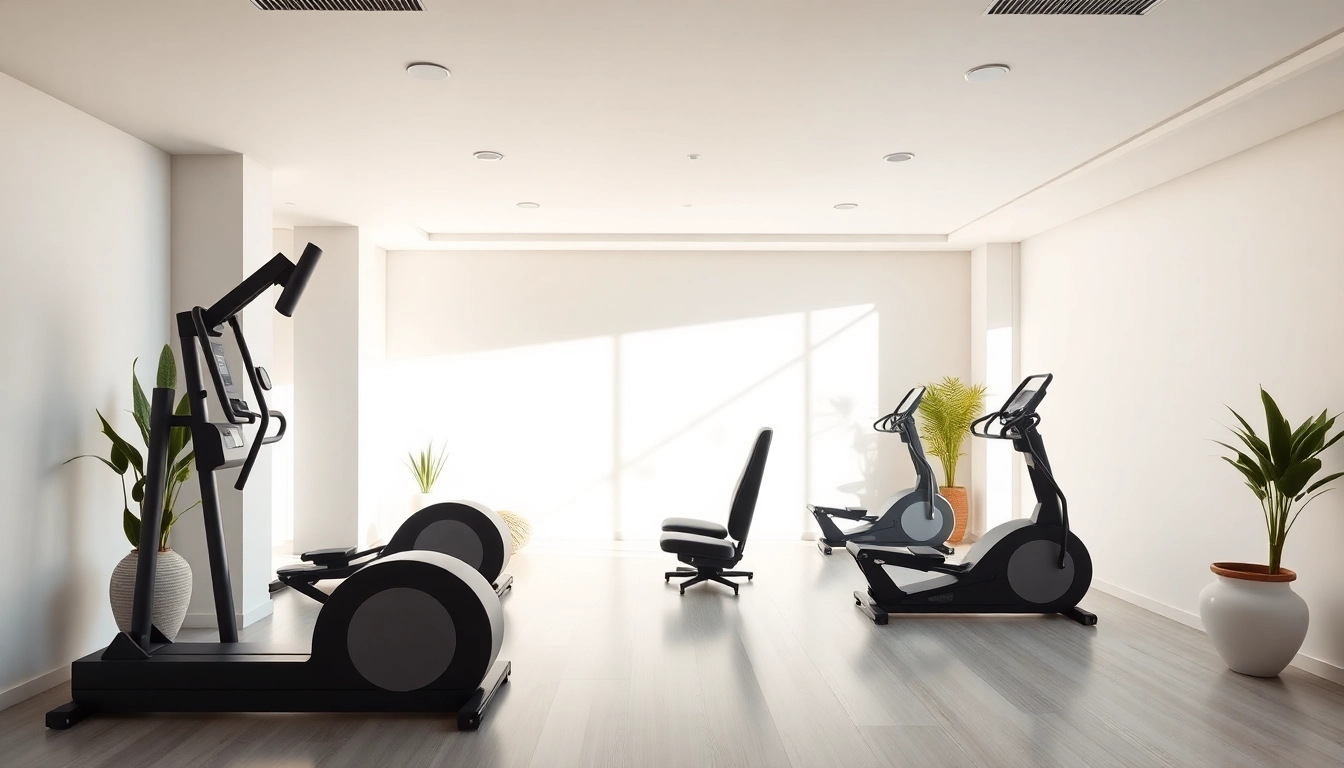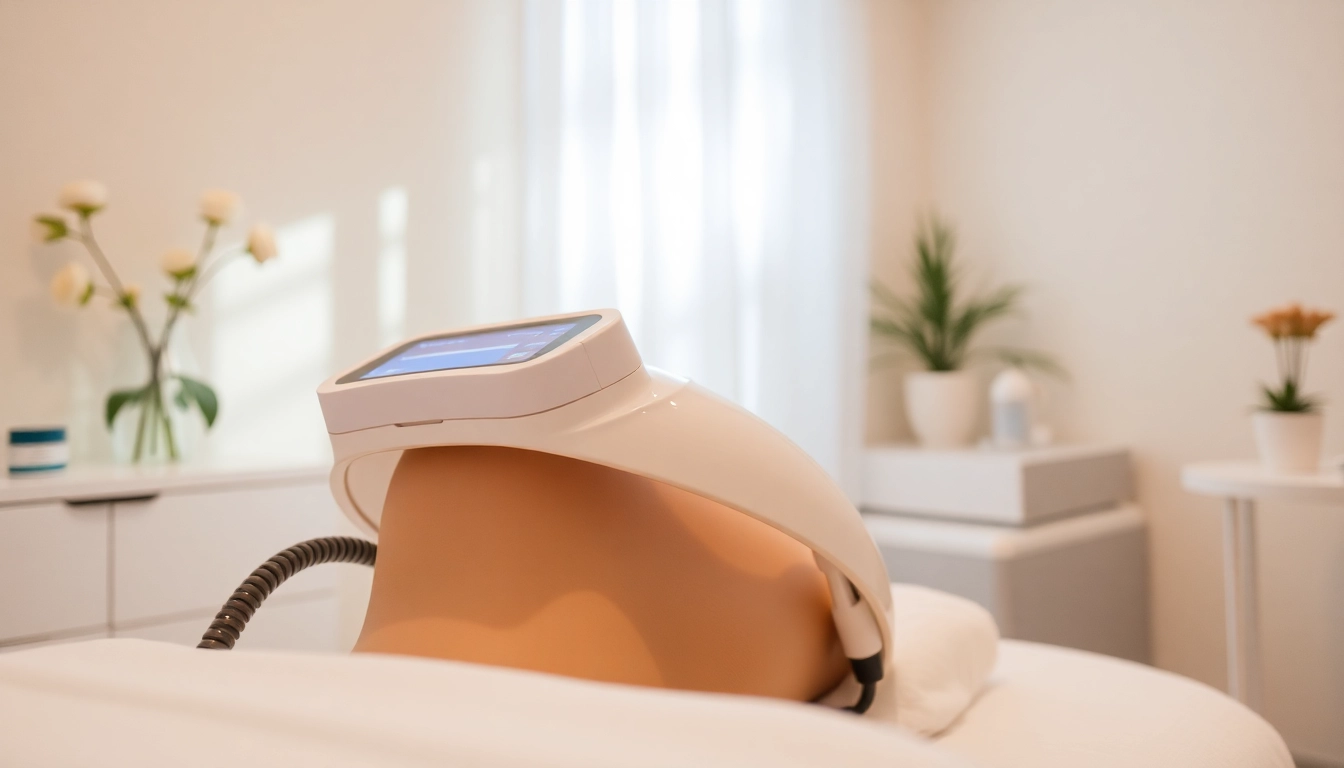Understanding Body Sculpting
Body sculpting, often referred to as body contouring, has gained tremendous popularity in recent years as individuals seek effective ways to enhance their appearance and self-esteem. Body sculpting encompasses a broad range of techniques aimed at reshaping various areas of the body, helping patients achieve their desired aesthetic goals. In this comprehensive guide, we will explore the different techniques, benefits, risks, and best practices associated with body sculpting.
What Is Body Sculpting?
Body sculpting refers to a variety of medical procedures designed to enhance the body’s shape and contour. These techniques can be classified into two main categories: surgical and nonsurgical. Surgical procedures typically involve more significant interventions, whereas nonsurgical options can achieve remarkable results with minimal downtime. The primary motive behind body sculpting procedures is to remove excess fat, tighten skin, and improve the overall physique, contributing to an improved self-image for many individuals.
Different Techniques in Body Sculpting
Today, numerous body sculpting techniques exist, each with specific advantages and intended results. Some of the most popular methods include:
- Cryolipolysis: A noninvasive technique that employs controlled cooling to eliminate fat cells. Popularly known as CoolSculpting, this method reduces fat without surgery or downtime.
- Laser Lipolysis: Utilizing laser energy to melt away fat cells, this method not only reduces fat but also tightens the skin, resulting in a smoother appearance.
- Ultrasound Fat Reduction: This method uses ultrasonic waves to break down fat cells, which the body gradually expels over time.
- Radiofrequency (RF) Treatments: These treatments use RF energy to stimulate collagen production, tighten skin, and reduce fat.
- Liposuction: A traditional surgical method that removes fat from specific areas using suction techniques.
Benefits of Body Sculpting Procedures
The benefits of body sculpting extend beyond mere aesthetic improvements. Here are several advantages that individuals may experience:
- Boosted Self-Confidence: A successful body sculpting procedure can significantly improve an individual’s self-esteem, leading to a more positive outlook on life.
- Sculpted Physique: Body sculpting allows individuals to target stubborn fat areas that are resistant to diet and exercise, helping achieve a more contoured body shape.
- Minimal Downtime: Many nonsurgical options require little to no recovery time, allowing individuals to return to their daily activities almost immediately.
- Long-lasting Results: With proper maintenance, the results from body sculpting procedures can be long-lasting, especially when combined with a healthy lifestyle.
Nonsurgical vs. Surgical Body Sculpting
As patients consider their options for body sculpting, understanding the distinctions between nonsurgical and surgical methods is crucial for making an informed decision.
Comparing Nonsurgical Methods
Nonsurgical body sculpting techniques have transformed the landscape of aesthetic enhancement. They are typically less invasive, carry fewer risks, and allow for convenience in recovery. Nonsurgical methods, such as CoolSculpting and RF treatments, can produce satisfying results without requiring incisions or general anesthesia. Additionally, they offer a gradual improvement in appearance as the body eliminates the treated fat cells naturally over time.
When to Consider Surgical Options
For individuals seeking more dramatic results or those with excessive body fat or loose skin, surgical options such as liposuction or tummy tucks may be more appropriate. Surgical body sculpting is often recommended after significant weight loss or for those who wish to reshape larger areas of their body effectively. However, it is essential to be fully informed about the recovery process and potential risks involved with surgical procedures.
Recovery and Aftercare in Body Sculpting
No matter which body sculpting method is chosen, appropriate recovery and aftercare are critical components of the process. Nonsurgical procedures often require minimal recovery time; however, patients may experience temporary swelling, bruising, or discomfort in the treated areas. Keeping the treatment area clean and following provider instructions will facilitate a smooth healing process.
Surgical methods typically involve a more extensive recovery period, with detailed aftercare instructions to support healing. This may include wearing compression garments, managing pain, and avoiding strenuous activities for a specified period.
Choosing the Right Body Sculpting Provider
Selecting a qualified provider is one of the most important steps in ensuring a successful body sculpting experience. Patients must conduct thorough research to find a reputable professional who specializes in body contouring techniques.
Factors to Consider When Selecting a Provider
When choosing a body sculpting provider, consider the following:
- Board Certification: Ensure that the provider is board-certified in a relevant medical specialty, which signifies their expertise and adherence to established standards.
- Experience and Specialization: Investigate the provider’s experience with specific body sculpting techniques and their track record of successful procedures.
- Patient Reviews: Look for testimonials and before-and-after photos from previous patients to gauge satisfaction levels and results.
- Facility Accreditation: Ensure that the treatment facility is accredited and meets safety standards, reflecting a commitment to patient well-being.
Questions to Ask Before Your Procedure
It’s essential to gather as much information as possible before undergoing a body sculpting procedure. Some key questions to consider include:
- What are the potential risks and complications associated with this procedure?
- How long can I expect to see results?
- What is the recommended aftercare process?
- Can you provide testimonials or photos from past patients?
Understanding Costs and Treatment Plans
The costs associated with body sculpting can vary significantly based on the technique, provider, and geographic location. Understanding pricing structures and available treatment plans is vital. Many facilities offer financing options and packages that can make the procedures more accessible.
Body Sculpting for Different Body Types
Individuals come in all shapes and sizes, and body sculpting techniques should be tailored to meet the unique needs of different body types. Recognizing this diversity is crucial in achieving successful outcomes.
Tailoring Techniques to Individual Needs
Customizing body sculpting approaches based on individual characteristics such as body mass index (BMI), fat distribution, and skin condition is essential for optimal results. Each technique should be thoughtfully selected to align with a person’s goals and unique physique.
Case Studies: Successful Body Sculpting
Real-life examples of successful body sculpting can inspire and provide insights into the transformative effects of these procedures. Case studies typically highlight a patient’s journey, including initial concerns, chosen techniques, results, and feedback post-procedure. Such testimonials can fortify a potential patient’s confidence in their decisions, showing the potential for change.
Potential Risks and Safety Considerations
Like any medical procedure, body sculpting carries inherent risks. Common complications can include infection, scarring, and uneven results. To mitigate these risks, it is vital to choose a qualified provider and follow pre- and post-treatment care guidelines. Patients must also ensure they maintain realistic expectations about the outcomes of their chosen method.
Maintaining Results After Body Sculpting
Achieving desirable results through body sculpting is just one part of the journey; maintaining those results requires ongoing commitment and effort.
Importance of Lifestyle Changes
To maintain body sculpting results, it is essential to adopt a healthy lifestyle. This includes a well-balanced diet, consistent exercise, and proper hydration. Patients should also prioritize sleep and stress management, which contribute positively to overall health and appearance.
Long-term Care and Follow-up Treatments
Many individuals may benefit from periodic follow-up treatments to enhance and maintain their results. Nonsurgical techniques often require touch-up sessions to sustain improvements, depending on the method used. Regular consultations with the provider can help determine the best schedule for these sessions based on individual needs.
Success Stories: Clients Who Transformed
Nothing demonstrates the efficacy of body sculpting techniques better than success stories from real clients. These narratives reveal the emotional and psychological impacts of the procedures, illustrating how body sculpting can not only alter physical appearance but also enhance confidence and well-being. Compelling visuals of before-and-after scenarios can further emphasize these transformative journeys.


